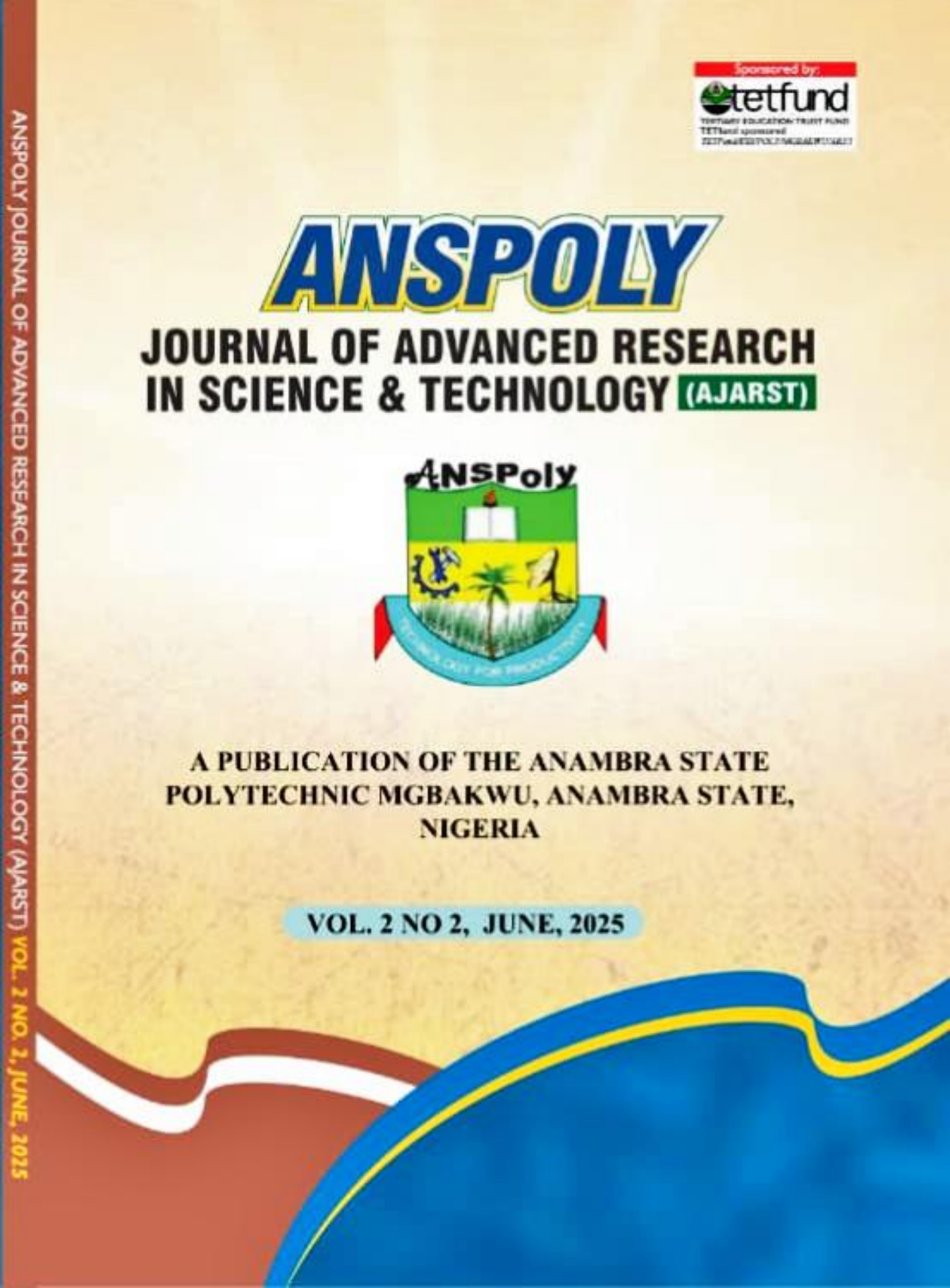IOT-BASED SMART SOIL WATER OPTIONS TOWARDS PRECISE AGRICULTUREFOR SELF RELIANCE IN AFRICA
Keywords:
IOT, Precise Agriculture, Arduino, DC motor, GPRS moduleAbstract
The integration of the Internet of Things (IOT) into agriculture, particularly within the African context, represents a transformative shift towards creating a more sustainable, efficient, and self-reliant agricultural sector. Africa, with its vast expanses of arable land, diverse climates, and rapidly growing population, stands on the brink of an agricultural revolution that could not only ensure food security for its people but also set a precedent for sustainable development globally. IOT-based smart agriculture promises to harness the power of advanced technology to address some of the most pressing challenges faced by African farmers, including erratic weather patterns, water scarcity, pest infestations, and soil degradation. The application of IOT in agriculture opens up avenues for African farmers to become more self-reliant and less dependent on unpredictable external factors. This IoT-based agriculture monitoring system utilizes wireless sensor networks that collect data from various sensors deployed at different nodes and transmit it via a wireless protocol. This smart agriculture system, powered by an IoT system, utilizes an Arduino platform; it consists of a Temperature sensor, a Moisture sensor, a water level sensor, a DC motor, and a GPRS module. When the IoT-based agriculture monitoring system starts, it checks the water level, humidity, and moisture levels, and sends an SMS alert to the phone about these levels. Sensors detect the water level; if it drops, the water pump automatically starts. If the temperature exceeds the set level, the fan starts. This is all that is displayed on the LCD module. Finally, in Africa, IoT-based smart agriculture holds immense potential to enhance self-reliance by improving productivity, reducing waste, and mitigating risks associated with farming.



